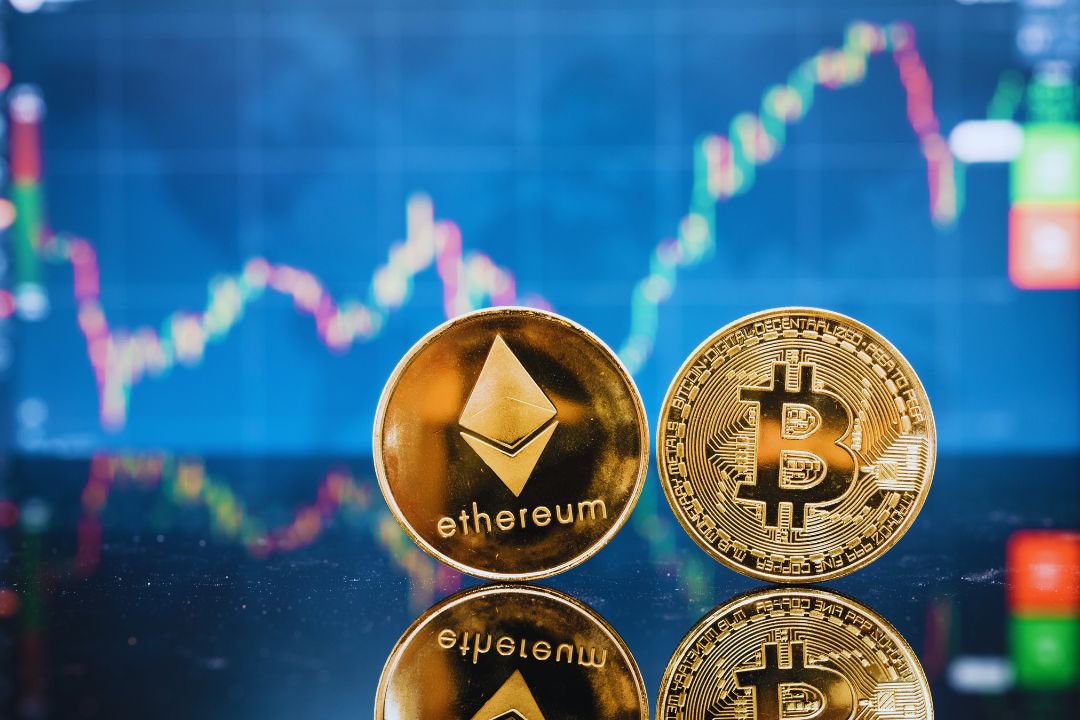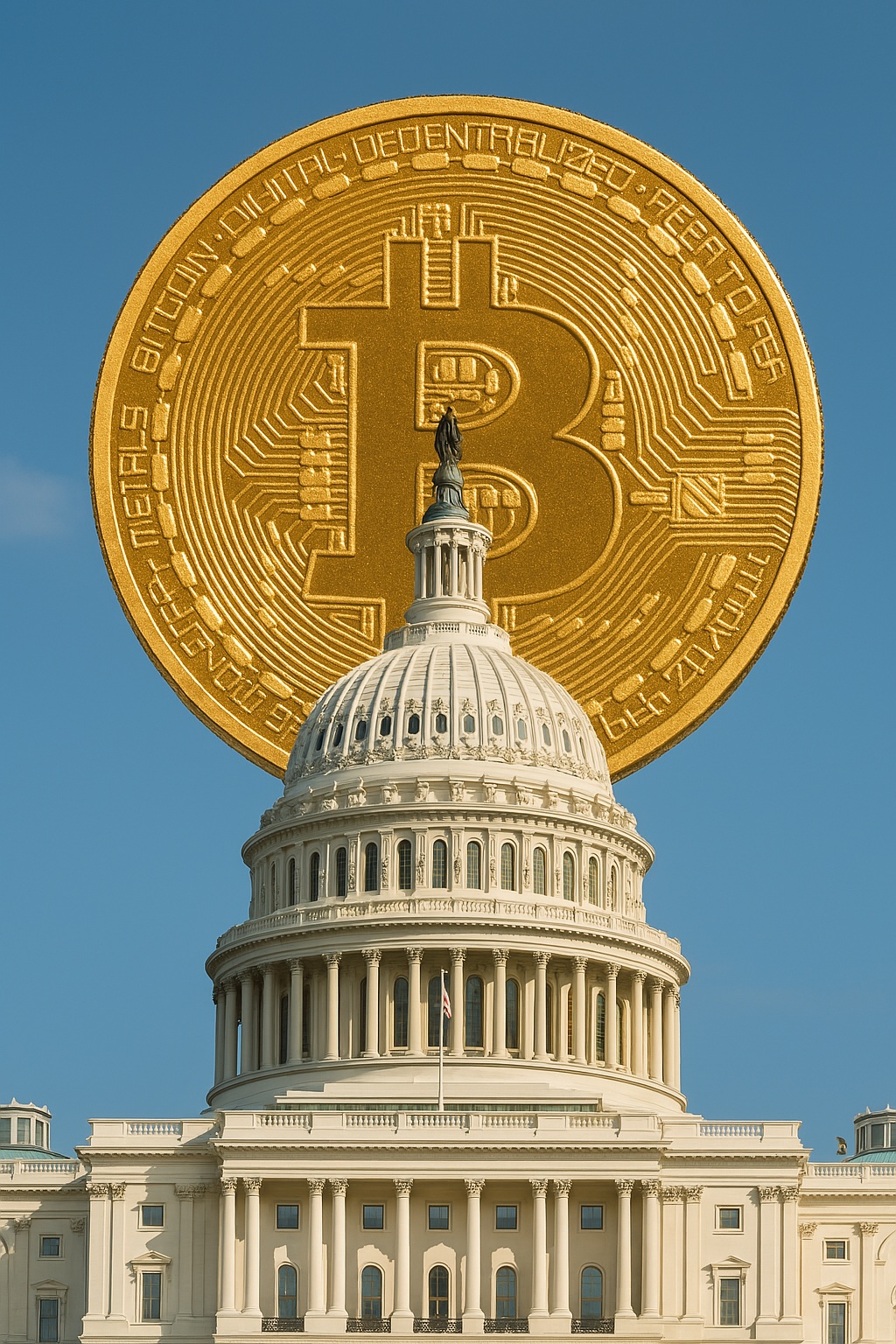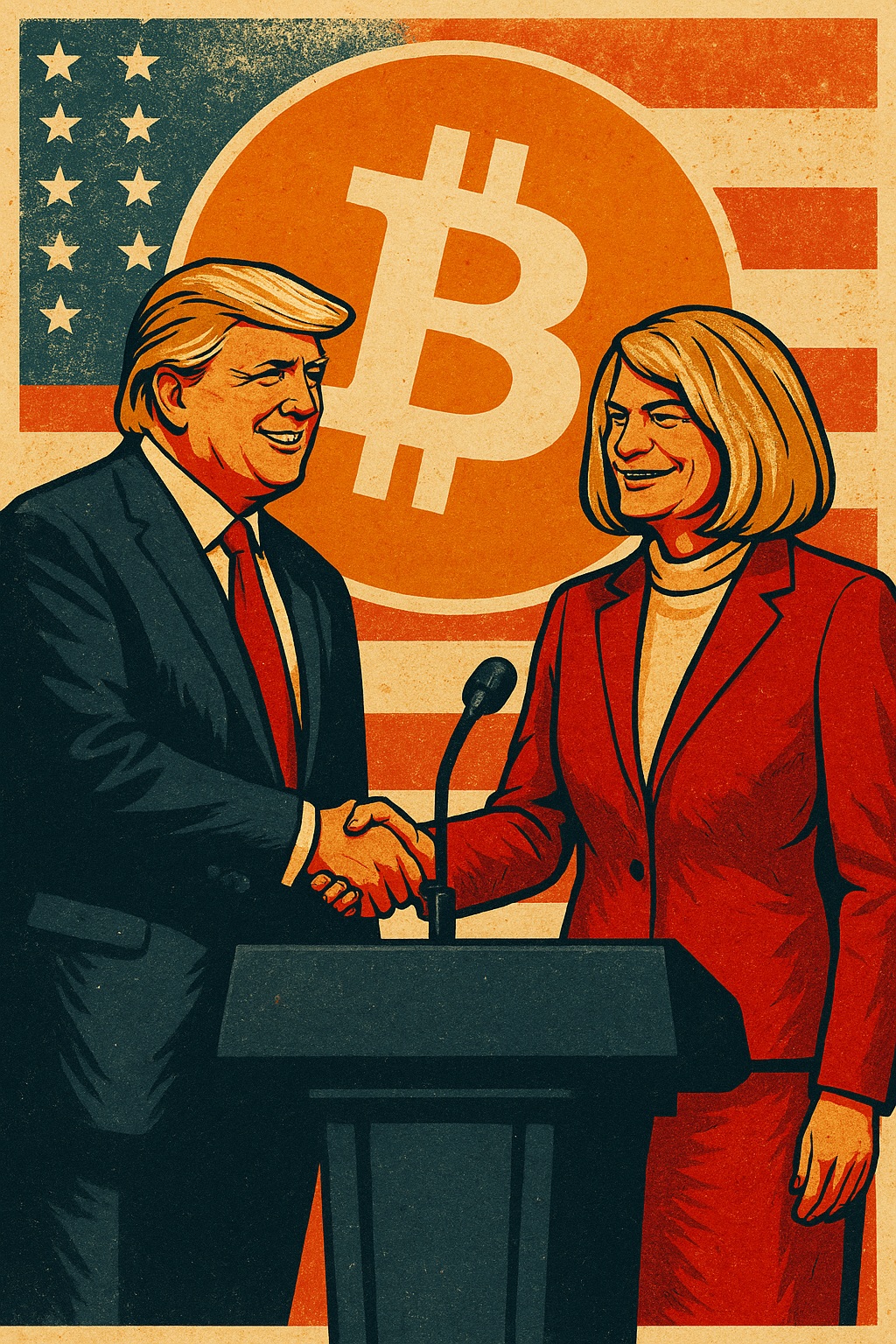The cryptocurrency world is buzzing after former President Donald Trump’s latest move—a bold plan to establish a U.S. Crypto Strategic Reserve. This announcement, made on March 2, 2025, through Trump’s Truth Social account, has sent shockwaves through the market, triggering a dramatic price surge across major digital assets. The initiative signals a significant shift in U.S. policy toward cryptocurrency, potentially positioning the nation as what Trump calls the “Crypto Capital of the World.”
A Historic Shift in U.S. Crypto Policy
Trump’s announcement outlined the creation of a Crypto Strategic Reserve, which will include five major cryptocurrencies: Bitcoin (BTC), Ethereum (ETH), XRP (Ripple), Solana (SOL), and Cardano (ADA). Initially, he named XRP, SOL, and ADA in his post but later clarified that BTC and ETH would be at the core of the reserve.
This move represents a major shift from Trump’s earlier skepticism toward digital assets. While he once called Bitcoin a “scam” and criticized the volatility of cryptocurrencies, his stance has evolved significantly. The concept of a national crypto reserve was first floated during his 2024 campaign, when he promised to maintain all Bitcoin seized by the federal government. However, the latest plan suggests an active acquisition strategy rather than merely holding confiscated assets.
The timing of this announcement is strategic, coming just days before the first White House Crypto Summit on March 7, where Trump is expected to reveal more details about the initiative and the administration’s broader crypto policy.
Why These Cryptocurrencies?
Bitcoin and Ethereum, the two largest cryptocurrencies by market cap, were unsurprising inclusions in the reserve. Bitcoin is often seen as “digital gold,” while Ethereum underpins many decentralized applications. The inclusion of XRP, Solana, and Cardano suggests that the administration is looking beyond just the biggest players to diversify the reserve with blockchain networks offering different technical capabilities.
While the criteria for selection remain unclear, these five cryptocurrencies represent a mix of established market leaders and emerging technologies. This approach may be aimed at future-proofing the reserve against potential shifts in blockchain adoption and development.
Market Reacts with a Surge
The market response was swift and dramatic. Bitcoin jumped from below $80,000 to over $90,000, an 8-10% increase. Ethereum followed suit, rising 8-12% to around $2,400-$2,500.
The smaller cryptocurrencies saw even more significant spikes. XRP soared by 25-30%, Solana climbed 18-21%, and Cardano skyrocketed by approximately 60%. These gains reflect strong investor confidence in the potential for government adoption to legitimize and support the crypto industry.
Before the announcement, crypto markets had been struggling, with Bitcoin’s price sliding back to pre-election levels amid economic uncertainty and regulatory concerns. Trump’s declaration reversed this trend, injecting fresh optimism into the industry.
Regulatory and Policy Implications
Trump’s crypto reserve initiative stands in stark contrast to the Biden administration’s more restrictive approach to digital assets. Under Biden, regulators took a tough stance on cryptocurrency firms, citing concerns over fraud and financial stability. Several lawsuits and enforcement actions were filed against major exchanges and crypto projects.
Under Trump, the regulatory landscape appears to be shifting toward a more crypto-friendly environment. His administration has already dropped multiple investigations into major crypto firms, and his nomination of Paul Atkins—a known crypto advocate—as SEC chair signals a potential rollback of past regulatory crackdowns.
Some industry insiders speculate that Tesla CEO Elon Musk, a known crypto supporter and informal adviser to Trump, may have influenced this policy direction. Whether this initiative will lead to long-term regulatory clarity remains to be seen.
Unanswered Questions and Next Steps
Despite the excitement, many details about the Crypto Strategic Reserve remain unclear. Key questions include:
- Will the reserve actively purchase cryptocurrencies, or will it only hold assets seized by the government?
- How much of each cryptocurrency will be included?
- What mechanisms will fund these acquisitions?
- Will the reserve be used to stabilize crypto markets in times of volatility?
The upcoming White House Crypto Summit on March 7 is expected to provide answers. Additionally, the concept of a “crypto reserve” raises comparisons to the U.S. Strategic Petroleum Reserve, which holds oil for emergency use. Whether a similar approach will apply to digital assets remains uncertain.
Looking Ahead: Market Outlook and Future Impact
Before Trump’s announcement, the crypto market was under pressure due to economic uncertainty and concerns over U.S. trade policies. Analysts had speculated that a major catalyst—such as regulatory clarity or Federal Reserve interest rate cuts—was needed to drive a price recovery. The strategic reserve announcement has provided that spark, at least in the short term.
However, long-term sustainability will depend on policy implementation. If the administration follows through with a well-structured reserve plan, the U.S. could indeed become a global leader in cryptocurrency adoption. On the other hand, if details remain vague or execution falters, the market could see renewed volatility.
For now, all eyes are on the White House Crypto Summit, where the next chapter in this evolving story will unfold.



